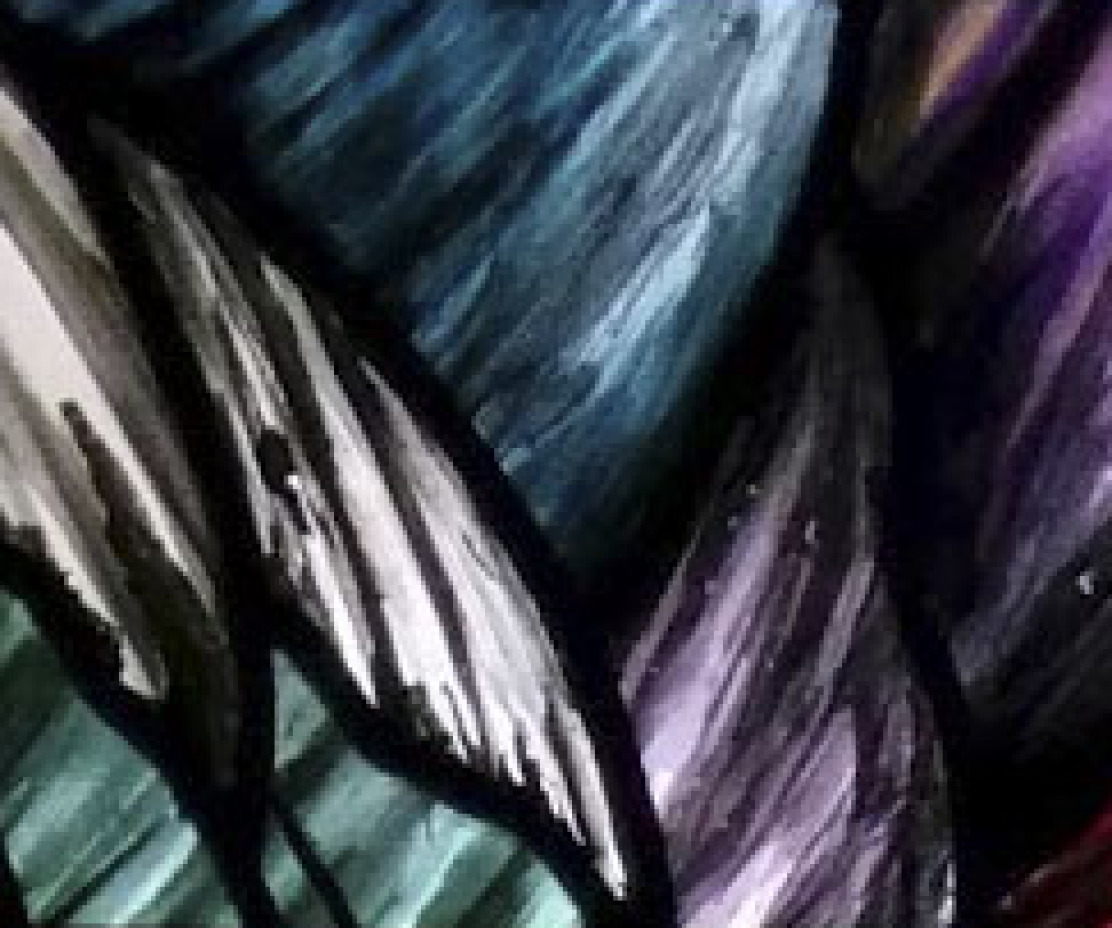When creating a poster or Facebook event for an upcoming parish event, such as Back to Church Sunday or a fall barbecue, the first instinct may be to look for an image on a search engine like Google to promote your event. They are, after all, readily available and easily downloaded.
They are also protected by copyright.
Beyond music, copyright is an issue rarely discussed in many churches. Works protected by copyright do not stop at music, books or journal articles, but also include images, photos, PowerPoint templates, text from blogs and websites, Photoshop files, published sermons, and works of art.
How can we use materials fairly while respecting those who used their time and talents to produce them? Are there portions of the work you would be allowed to use?
Small parts of copyrighted works may be copied for the purposes of research or private study. Educational institutions, archives, libraries, and museums also hold specific exemptions.
Ordinary congregational worship activities, however, do not provide a context for “fair use” of copyright material.
Therefore, when looking for images for a website, blog post, sermon series or poster, simply Googling an image and downloading it is a violation of copyright law and could put the congregation in a difficult position.
Many artists are willing to allow free use of their images, but they do also require acknowledgment of their work. This creates traffic back to their portfolio and can increase their sales and help provide for their livelihood.
Even when an image is free, it is best to check with the artist or read the parameters that govern the use of the image found on the web.
Using a photographer’s pictures or a designer’s Photoshop files in a sermon series or PowerPoint presentation may be allowed, but non-financial requirements may still exist, such as acknowledgment in the publication or at the end of the presentation.
So how do you find materials that are safe to use and are within your parish’s budget?
When it comes to images specifically, there is a wealth of free resources online. Excellent starting points for churches looking for inexpensive or royalty-free images include http://www.creationswap.com, http://search.creativecommons.org, and http://www.sxc.hu. Whatever site you use, take the time to read its FAQ or licencing page to be sure you are in compliance.
If you have an image that you want to use but don’t know where it came from, http://www.tineye.com is a website that can help find the original source of the image. Once you know that, you can ask permission of the owner.
A little work online can protect the congregation and also lead to new relationships with artists who deserve compensation for use of their quality work. Taking a little time to identify the rightful owner of images and copyrighted material goes a long way to protecting the church and advancing the Gospel.
